What If Your Favoured Spirit Had A Long Lost Sibling?
Curiously enough, for many well-known spirits out there are certain other liquors which resemble many of their production processes and ingredients. These lesser-known spirits might share origins with the more famed ones yet they remain slightly in the shadows, as they continue to be produced in small-batches, in the form of artisanal liquors. Such distant relatives and long lost siblings of the more readily available spirits have interesting stories to share about themselves.
Here’s a breakdown of different well-known spirits and some of their lesser-known counterparts – better yet, their long lost siblings:
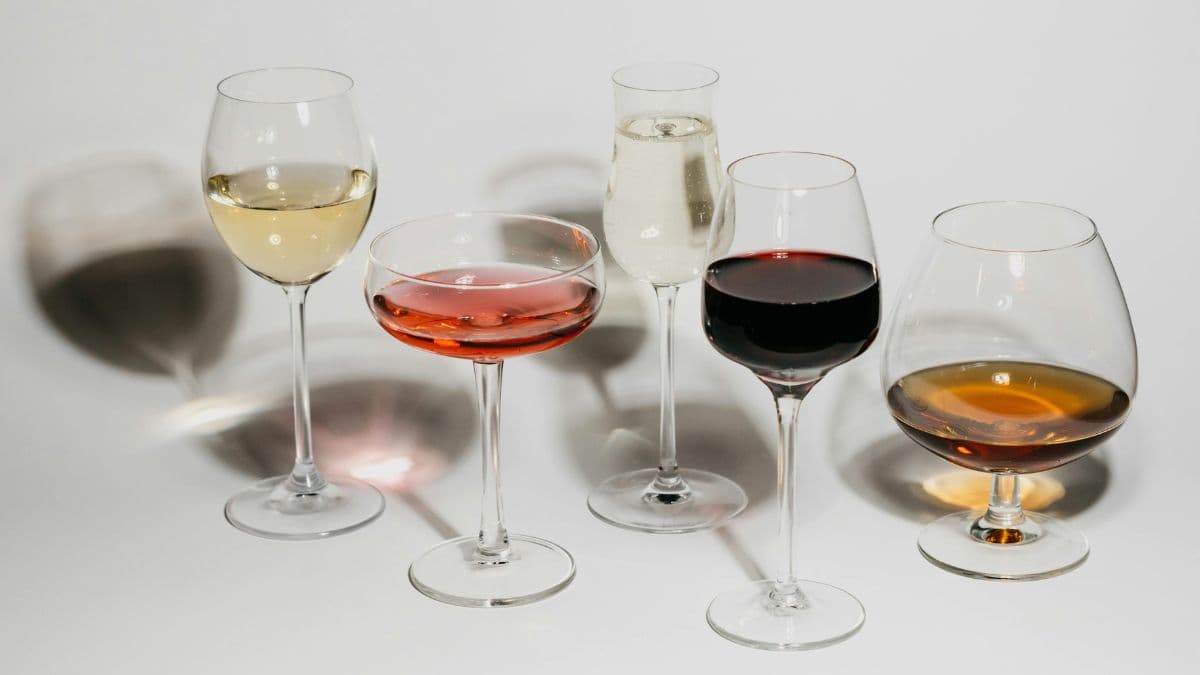
What does it really mean for a spirit to have a ‘sibling’?
Essentially, this phenomenon refers to two spirits having the same base ingredients, certain overlapping production techniques or even shared histories. Where they differ is in the distinct styles they branch out into, during the production process or in terms of certain flavour nuances. So, in the world of distillation, these can be like siblings raised in different countries.
Does rum have a long-lost sibling?
Absolutely! One of rum’s long-lost siblings is actually the lesser-known equivalent, arrack, which is typically made from coconut sap or sugarcane juice. Arrack is most commonly produced in southern Indian regions and certain other coastal areas of the Indian subcontinent and can be sweet, smoky and distinctly complex to taste – depending on where it is produced.
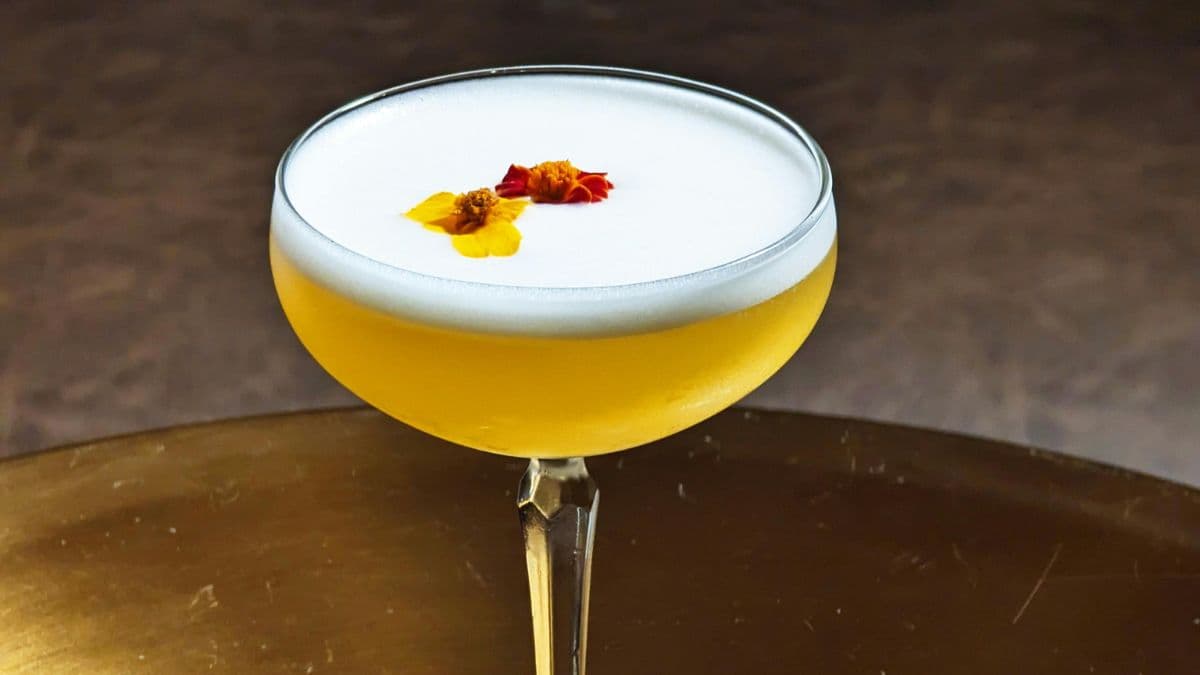
What about vodka? Does it have a family too?
Yes! In Chinese mixology realms, baijiu is in fact a rather known spirit but it is a lesser-known phenomenon that this liquor is closely related to vodka. The Chinese spirit is made from sorghum and is aged in clay to produce a drink with robust, earthy and slightly pungent flavours. It is a clear spirit just like vodka, making it a distant, long lost relative.
Also Read: Holiday Chocolate And Spirit Pairings: Guide For Gourmet Winter Gifting
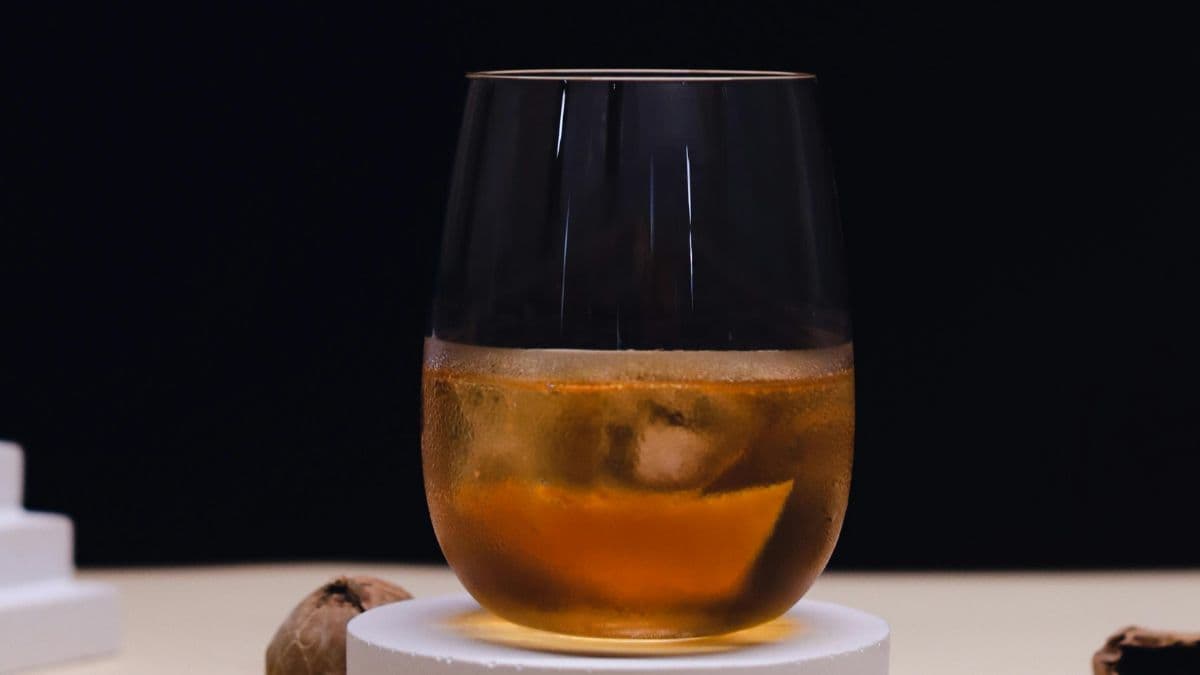
Do pisco and grappa appear in the same family tree?
Why not? After all, pisco, the Peruvian or Chilean liquor, is an unaged brandy made by distilling fermented grape juice. It is slightly fruity, floral and bright and is often used for making sour cocktails.
Grappa on the other hand is an Italian spirit made from grape pomace. It is rather earthy, with slightly more pronounced tasting notes and is often served as a post-dinner drink.
While both hail from different regions, they share a lot of similarities with brandy, which is also a drink made from distilled fermented grapes, making grappa and pisco fall under the same family tree.
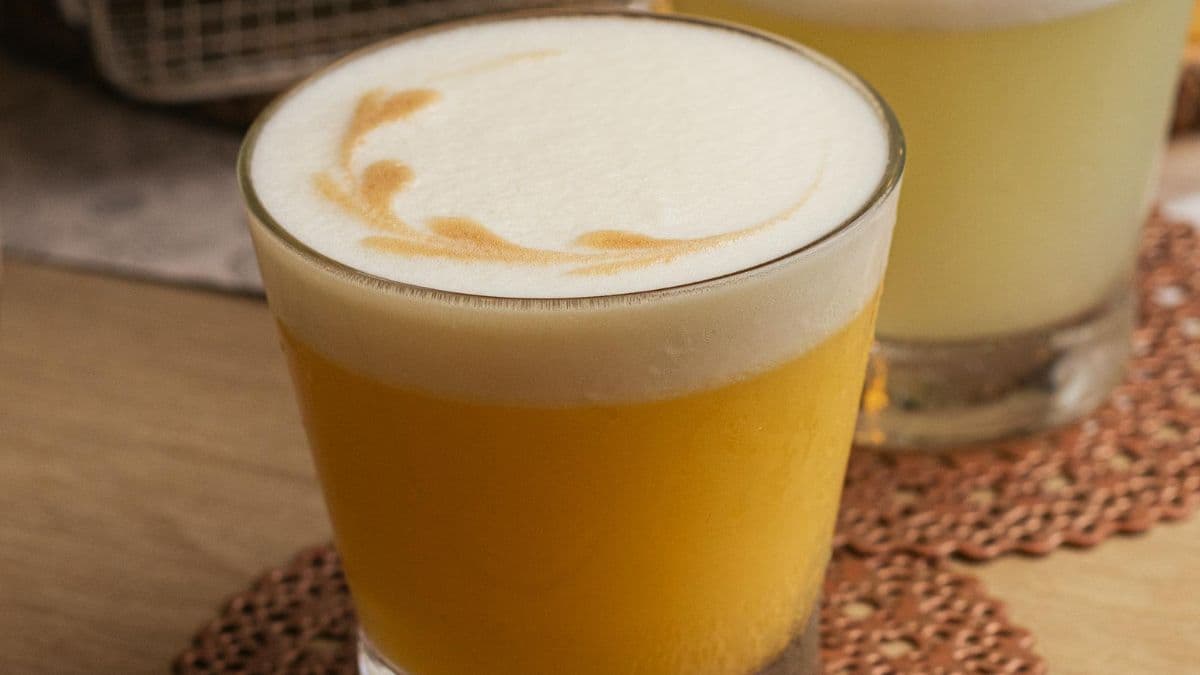
What about tequila? Does it have relatives?
Yes, one of the closest cousins is the smoky mezcal. Other than that, tequila is also a distant relative of spirits like the agave-based bacanora which is slightly more herbal and smokier. It is also related to the floral raicilla and even sotol, made from a desert spoon plant, instead of the usual agave.
Does whisky also have a similar connection with other spirits?
Certainly. While whisky itself is produced across multiple regions around the globe, certain other spirits like the Korean soju, the Japanese shochu and the mahua are known for their flavour notes which carry whisky-like nuances. When these spirits are distilled traditionally, they acquire a lot of these familiar tastes, making them slightly more relatable with whisky.
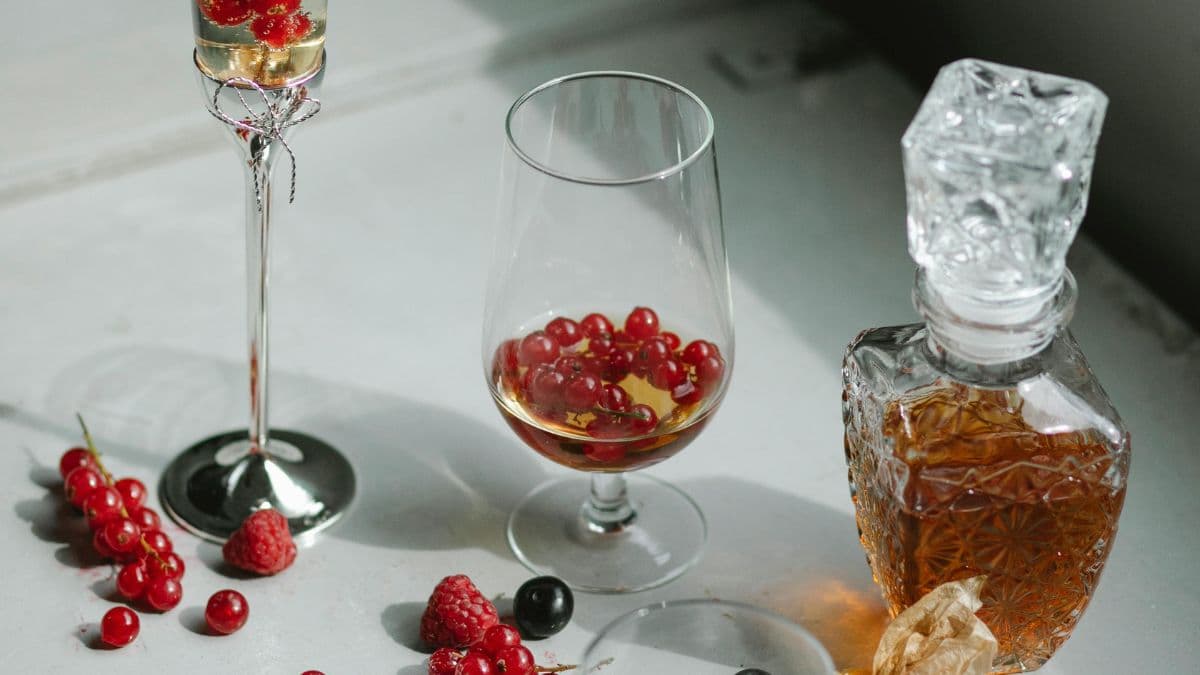
So, what exactly connects all these siblings together?
While each of the lesser-known counterparts contains flavours and aromas that sometimes remind one of their more famed cousins, the connection also lies in the distillation processes of these spirits which are quite similar to each other.
As well, many of these lesser-known spirits have long, ancient histories with deep cultural roots which makes it smoother to trace the stories of the more mainstream liquors. These lesser-known, artisanal spirits also have immense potential in mixology and they can be used to prepare rather inventive blends, when they work alongside their more renowned siblings.
Drink Responsibly. This communication is for audiences above the age of 25.




